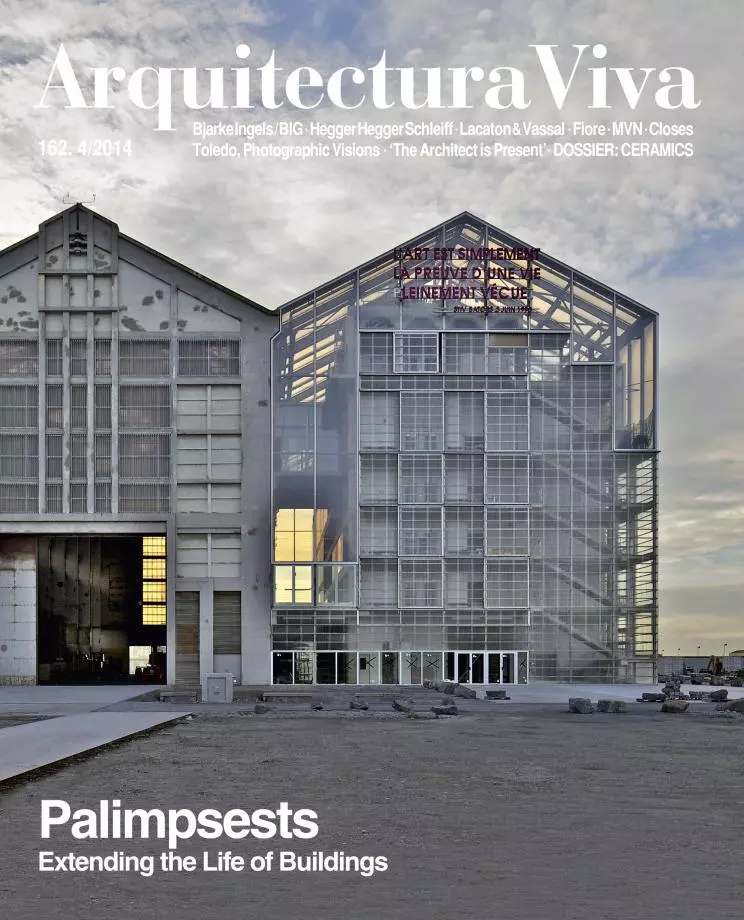
Recycling large-scale urban infrastructures for the purpose of giving them a second life is nothing new. There are many projects that have turned energy distribution or transport networks into altogether new urban spaces. Most of them, however, have torn down the old facilities. Few have actually kept them in use and given them prolonged feasibility through new functions. A case in point is the proposal that the firm of Norman Foster has drawn up in collaboration with Space Syntax and the landscaping company Exterior Architecture. Presented recently after a development process that took two years, the idea is to construct a fast bicycle lane above London’s ground-level railway scheme. This operation will involve as many as 200 kilometers of train track. The SkyCycle, as it is being called, will serve some six million people, half of them living and working less than a ten-minute walk from one of 200 entrance points – ramps or hydraulic platforms – that the new infrastructure will be equipped with, and which will connect the variable level of the ground with a track fifteen meters high, held up by a structure independent of the railway. Each elevated bike route, Norman Foster reckons, will accommodate approximately 12,000 cyclists per hour and quicken daily journey times by up to half an hour. It has been announced that the project, under study at London’s City Hall, will have versions for Paris and other European cities.





